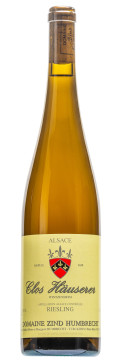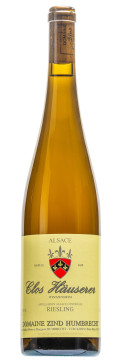The Clos Häuserer of Wintzenheim
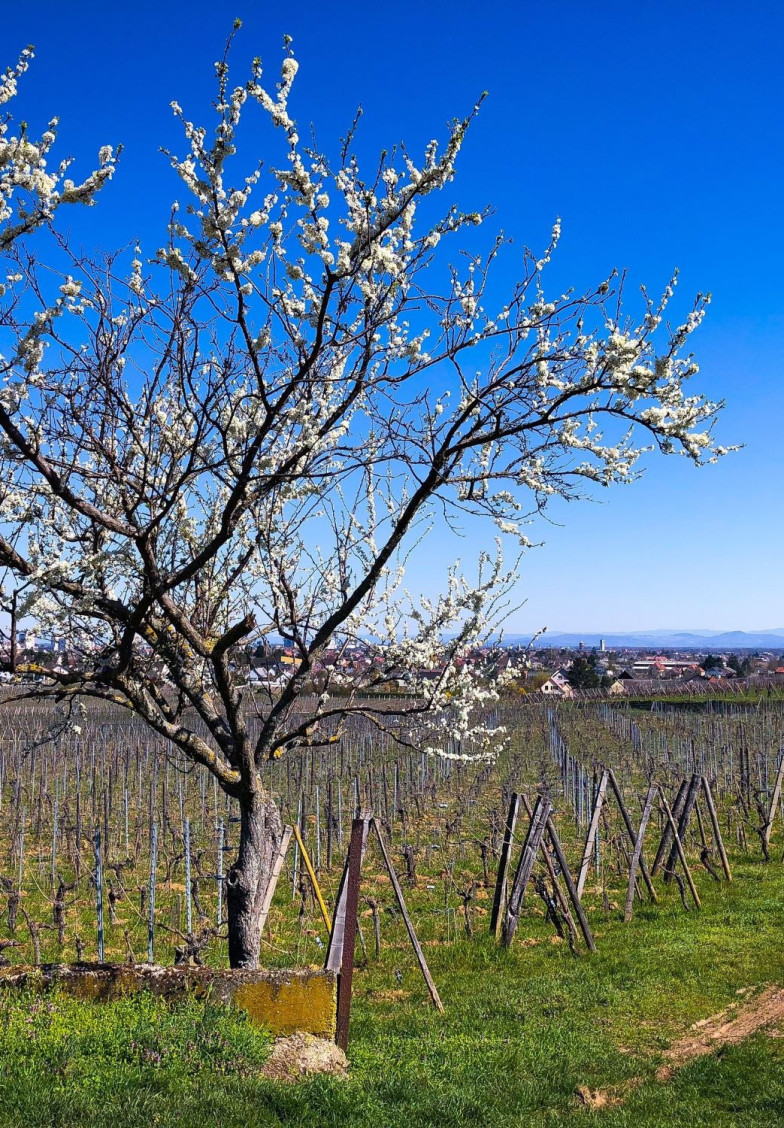
History
The Clos Haüserer lies at the foot of the Hengst Grand Cru, on a gentle easterly slope. Léonard Humbrecht succeeded in creating a single parcel of 1.1 ha along the border of the rural agricultural path, Haüserweg, from vineyard parcels which belonged to Emile Zind together with other parcels he bought in the 1960’s. The vines were pulled up, the parcels regrouped and in 1973 Léonard planted the Clos Haüserer exclusively to Riesling.
This large plot is principally situated in the lieu-dit of Unterersoedlen, just outside the boundary of the Grand Cru Hengst; however a small part of the parcel is located within the lieu-dit Soedlen in the Grand Cru (which is quite possibly the best part of Hengst). For this reason the lieu-dit Unterersoedlen cannot be used as the name of the parcel. The baptism of Clos Haüserer is a reference to the small stone walls which forms three of the sides and the rural path, Haüserweg, which runs along the final boundary. We find ruins of ancient Roman villas in parts of the Hengst and this path, the Haüserweg, signifies path or way to the houses or villas.
The first indication of Clos Haüserer on a label was in 1981, however it was only really from 1983 that this cru was established at the Domaine.
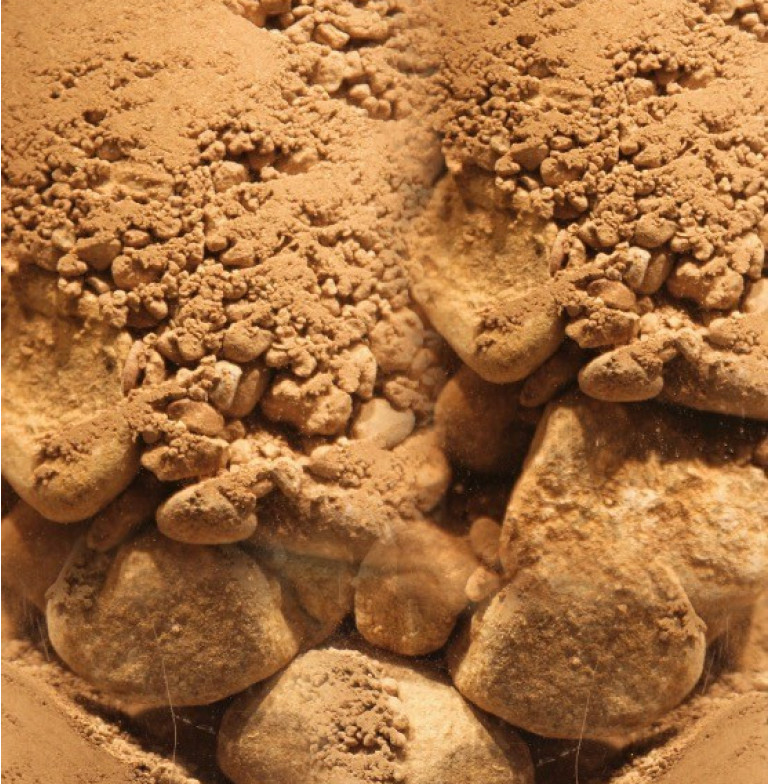
Terroir
The subsoil is identical to that of the Hengst, that is, marl and limestone from the Oligocene period. Due to this vineyard’s location in a small basin at the lower end of the slope, various elements have been deposited on the surface following erosion forming a gentle colluvial slope. The substrate Oligocene limestone is located at 1 to 2m below the surface, covered by a thick layer of marl which guarantees thriving conditions for the vines. In its youth this parcel was more prone to an excess of vigour, however by patiently waiting for the roots to penetrate into the depths of the soil, and through increasing the vine competition and adequately managing the viticulture, the vines have attained a balance.
With the deep, established root system, this terroir excels in warm vintages as it preserves acidity. Clos Haüserer enjoys a varied and unique microclimate due to its situation in a small basin at the bottom of the slope and the fact that it is protected from wind. It can be an anomaly as it is a terroir as it can either be very warm or very cool. This attribute is advantageous as it was one of the few parcels which resisted both the winter frosts of 2010 and the late spring frosts of 1991.
The Clos Häuserer wines from Domaine Zind Humbrecht
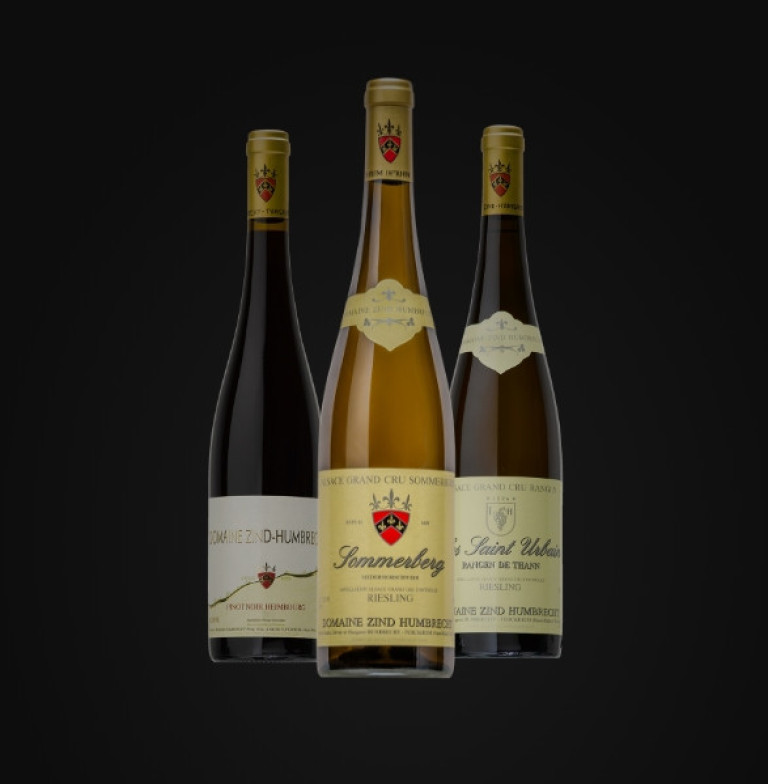
Wines
This soil rich in clay and chalk gives an important structure to the Riesling grown in the Clos Haüserer. Although this vineyard benefits from a warm and precocious climate, ripeness is achieved much later than the surrounding terroirs. The result can be an austerity in this wine in its youth, which however opens up, intensifies and becomes more complex with age.
The acidities are remarkable, even amongst the warmer vintages. In its younger years, the vigour of the vineyard had a tendency to develop noble rot, responsible for slightly sweeter wines, however since the late nineties the vines have reached an equilibrium and are now consistently producing dry Rieslings of exceptional quality.
